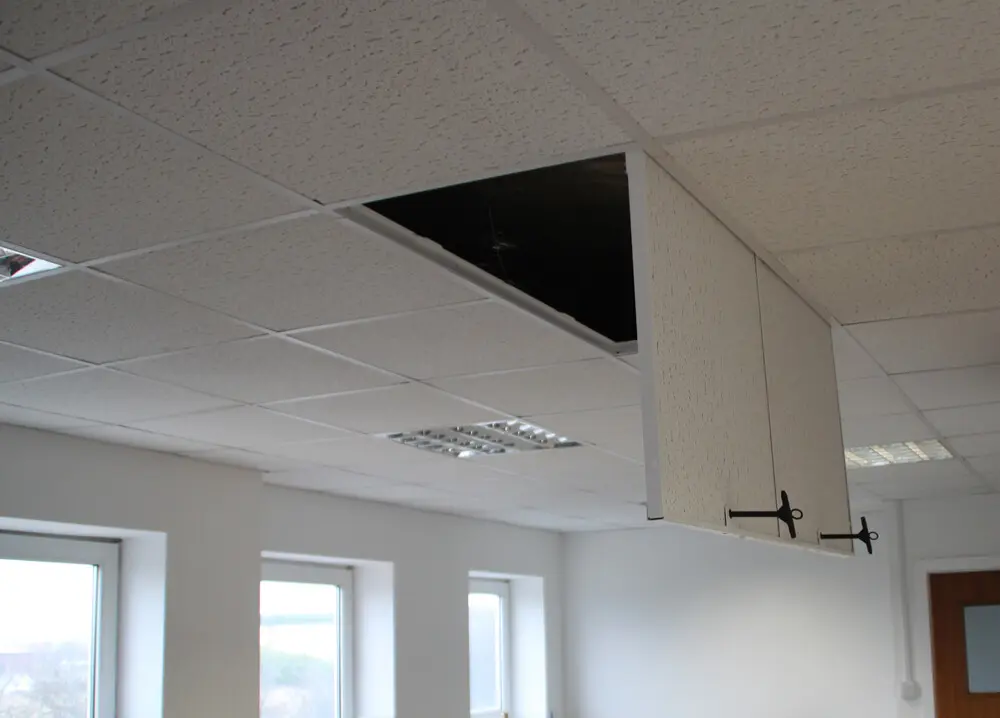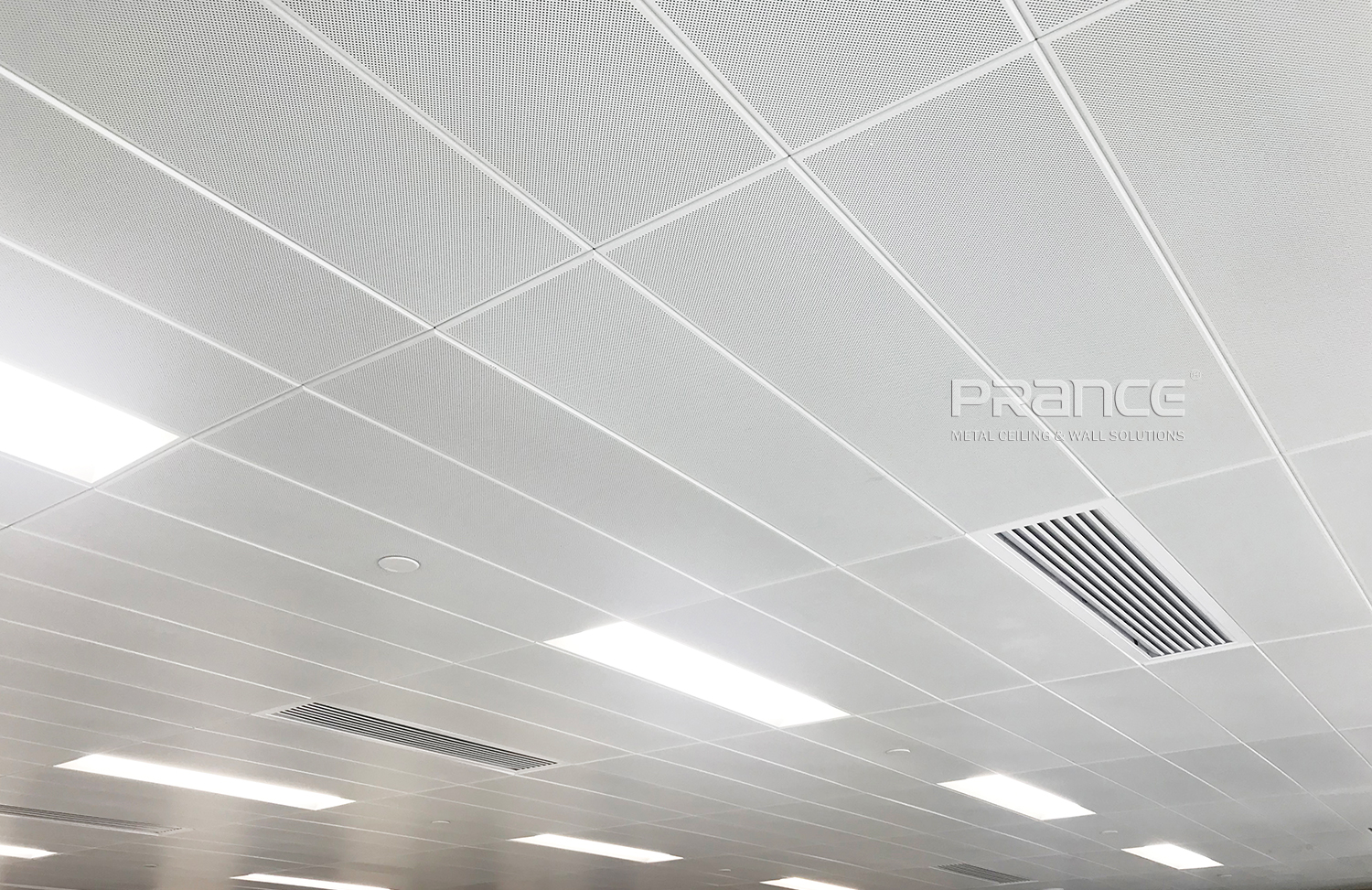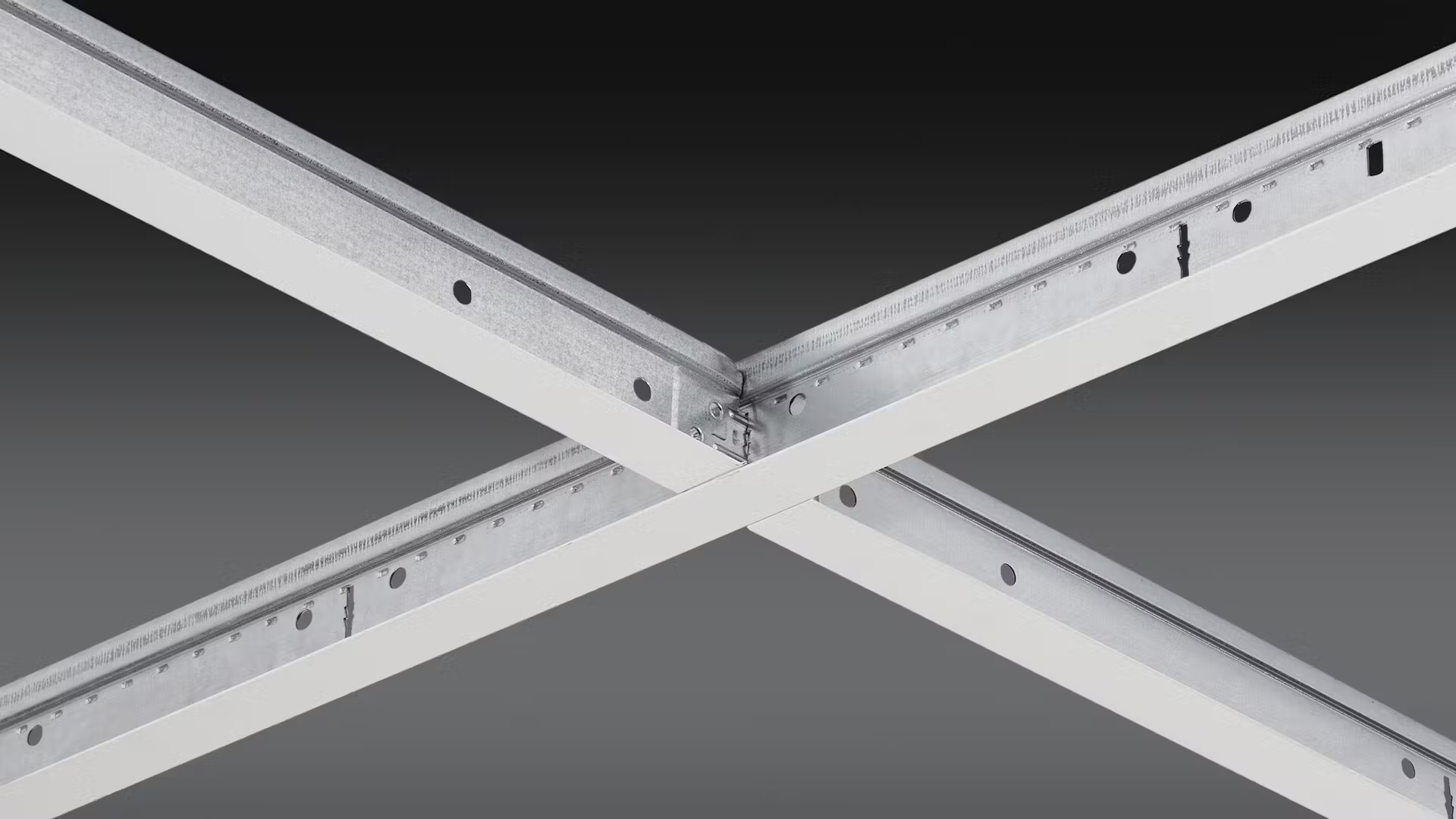PRANCE metalwork is a leading manufacturer of metal ceiling and facade systems.
10 Essential Tips for Installing a drop in ceiling grid
In commercial and industrial environments, a drop in ceiling grid is a must-have since it presents a neat and professional appearance and houses key systems, including wiring, ventilation, and lighting. Whether your job is building owner, designer, contractor, or builder, the effective installation of a drop in ceiling grid guarantees the best performance, durability, and aesthetic appeal. Focusing just on commercial areas like offices, hotels, hospitals, and lobbies, this article offers 10 thorough and basic suggestions to help you run a perfect installation.
1. Plan and Measure Your Space Accurately
The basis of a good drop in ceiling grid installation is accurate measurements and good planning.
Assess the Space
To find the grid pattern, measure the area's width and length. Use a laser measuring tool for maximum accuracy—especially in significant commercial areas.
Account for Fixtures
Think about lights, diffusers for ventilation, sprinklers, and other items meant to fit into the grid.
Prepare a Layout Diagram
Tiles, leading runners, and cross tees can all be seen better with a thorough sketch or digital layout. This stage reduces cutting and guarantees a symmetrical grid.
Pro Tip: Verify your measurements before ordering supplies to prevent waste or shortages.
2. Choose the Right Materials
Durability and utility in high-traffic business settings depend on choosing the right materials.
Opt for Metal Components
For strength and lifespan, always select metallic grid systems composed of titanium, aluminium, or stainless steel. These materials withstand corrosion and help to support large loads like integrated light panels.
Match Materials to Environment
While lightweight aluminium is suitable for workplaces or hotels, stainless steel is excellent for damp areas like hospital hallways. The type of materials you select should align with the functional needs of the space.
Hospitals & Healthcare Facilities: Use moisture- and mold-resistant ceiling tiles (per ASTM D3273 mold resistance test). These tiles also support infection control by resisting bacterial growth. In areas with high humidity (above 70% RH), ASTM C635 recommends corrosion-resistant suspension systems.
Hotels & Hospitality Venues: Acoustic performance is critical. Specify ceiling panels with a Noise Reduction Coefficient (NRC) of 0.70 or higher to reduce reverberation and create a quieter environment for guests. Decorative finishes are often chosen to match interior aesthetics.
Offices & Commercial Spaces: Prioritize easy-to-install grid systems that allow quick modifications for lighting or HVAC adjustments. Standard 15/16-inch exposed grid systems (ASTM C636 compliant) are often preferred for their flexibility and accessibility.
Pro Tip: Use premium metallic materials from reliable vendors to guarantee industry compliance and safety.
3. Install a Robust Support Structure
A robust support system keeps your drop-in ceiling grid stable.
Secure Hanging Wires
Anchors or fasteners suitable for commercial loads will let you securely install suspension wires into the structural ceiling. Space them consistently to maintain the grid structure.
Reinforce for Heavier Loads
Use heavier-gauge wire or extra supports if the ceiling will include big lighting fixtures or air vents.
Pro Tip: Review local building codes for load requirements and suspension wire specifications in commercial applications.
4. Maintain Proper Ceiling Height Clearance
The accommodation of building systems depends on enough clearance, which also helps preserve an attractive design.
Determine Minimum Clearance
Ensure the structural ceiling allows enough room between the drop-in ceiling grid and other systems, including electrical cables and ventilation ducts.
Follow Industry Standards
Although most commercial environments call for a clearance of at least 6-8 inches, check the particular needs of your facility.
Pro Tip: Plan future maintenance by giving easy access to hidden systems.
5. Align the Grid System
Ideally, Alignment is essential to achieve a professional finish and maintain structural integrity.
Sagging Prevention
A laser level guarantees that the cross tees and leading runners are exactly horizontal, preventing sagging or uneven tiles.
Install Perimeter Moldings
For a finished edge and as a guide for the grid system, fix metallic perimeter mouldings around the walls.
Mark Key Points
Mark wall reference points for precise alignment during installation.
Pro Tip: Routinely check alignment to early deviation correction throughout the installation.
6. Incorporate Accessibility Features

Maintenance and renovations in commercial environments depend on easy access to the ceiling grid.
Use Accessible Panels
Install removable or hinged tiles in essential locations to provide access to wire, HVAC components, or electrical systems.
Plan Maintenance Routes
Determine often-used areas and make sure they are easily reachable without sacrificing the architectural integrity.
Pro Tip: To meet their needs, see maintenance teams throughout the planning stage.
7. Account for Expansion and Contraction
In significant commercial buildings, metallic grid systems are prone to heat expansion and contraction.
Allow for Movement
Leave little spaces between grid elements to allow temperature fluctuations.
Use Expansion Joints
In more significant installations, use iron expansion joints to avoid grid system stress and distortion.
Pro Tip: Plan for thermal expansion, considering the climate control system of the structure.
8. Ensure Adequate Integration with Lighting and HVAC
The drop-in ceiling grid becomes more functional when you properly integrate ventilation systems and lighting.
Plan Fixture Placement
Match ventilation diffusers and position lighting to the grid arrangement. This guarantees a neat installation and helps to lower tile-cutting costs.
Use Reinforced Tiles
Choose reinforced metallic tiles to sustain the weight of heavy installations such as metal light panels or big diffusers.
Pro Tip: Work with electrical and HVAC teams throughout the design to simplify installation.
9. Conduct a Pre-Installation Mock-Up
A mock-up helps find possible problems before actual construction starts.
Create a Test Section
Put together a small section of the drop in ceiling grid somewhere discreet or off-site.
Evaluate Fit and Finish
Look for access, tile fit, and alignment. This phase will let you solve any difficulties before pledging to the whole project.
Pro Tip: Involve contractors or designers among the stakeholders to guarantee the final installation satisfies expectations during the mock-up.
10. Perform Quality Checks After Installation

The grid system must satisfy safety, aesthetic, and functional criteria, so quality assurance is essential.
Inspect for Alignment and Stability
Check that everything is free from sagging, properly fastened, and levelled.
Check Tile Placement
Ensure tiles fit tightly without holes or uneven edges.
System Integration for Tests
Verify that the grid lights, HVAC, and other integrated systems operate as expected.
Pro Tip: Record the last installation using reports or pictures to help with the next maintenance or upgrades.
Conclusion
Installing a drop-in ceiling grid in an industrial or commercial environment calls for careful design, exact implementation, and diligent planning. Following these ten simple guidelines will help you to guarantee a successful installation that satisfies the requirements for durability, functionality, and appearance of workplaces, hotels, hospitals, and other commercial environments. Every stage, from selecting the appropriate materials to running quality inspections, helps to produce a competent and professional ceiling system.
For high-quality metallic materials and expert solutions for your drop-in ceiling grid, choose PRANCE Metalwork Building Material Co. Ltd. Contact us today for innovative and durable commercial solutions.





















